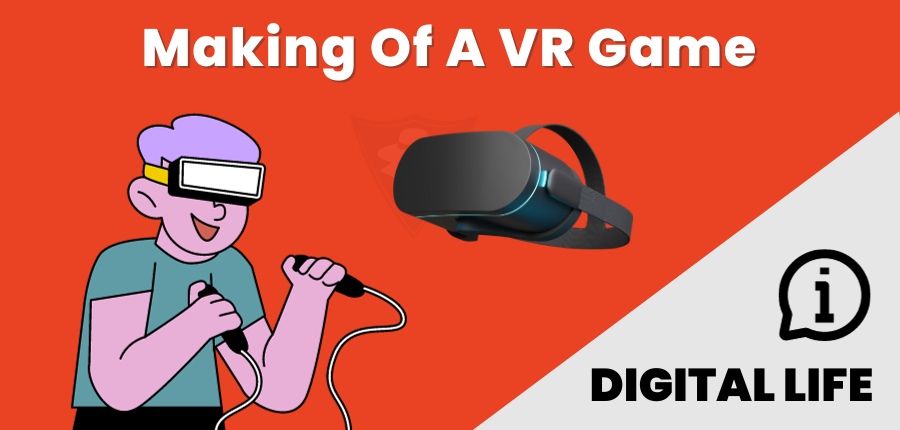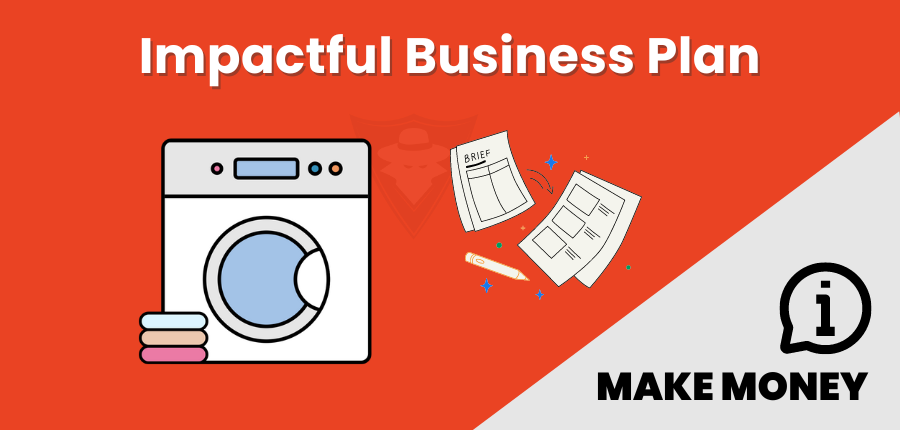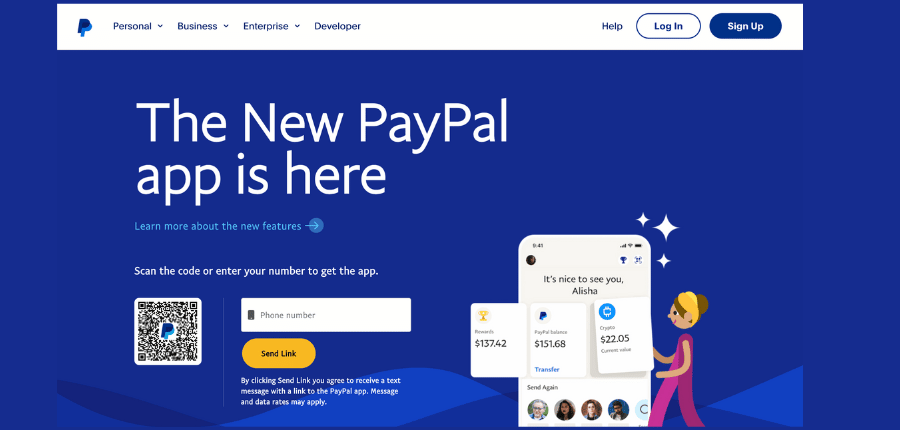How To Make A VR Game? Complete Guide Virtual Reality commonly known as VR technology is arising on the canvas of mobile gaming so quickly. So you can make a VR game by giving real-life experience. People are becoming...

How To Make A VR Game? Complete Guide
Virtual Reality commonly known as VR technology is arising on the canvas of mobile gaming so quickly. So you can make a VR game by giving real-life experience.
People are becoming adaptive to new tech advancements and VR is the best way to interact, play, and have fun. So the idea to launch your own VR game is realistic.
In this article, you will get an overview of how to make VR games from scratch. By outlining everything from understanding the technology to designing, and developing work for your game.
Understanding VR Technology

Before jumping into the VR gaming creation, you need to understand the basics of VR technology and how it functions.
Virtual reality(VR) is an immersive experience that simulates an environment by creating a virtual world with which users can interact. The userís senses are stimulated by this artificial world, giving the feeling of reality.
VR technology has been around since the early 1990s when It took off with the release of several popular games like Doom, Quake, and Half-Life 2.
The main types of technologies used for creating these kinds of experiences include:
Stereo rendering 360-degree video capture Motion tracking & control systems Hand controllers or sticksIt depends upon your individual need that what is your objective and what you want your users to experience. So you can pick the best accordingly.
Choosing a VR Platform
Now that youíre ready to make a VR game, itís time to decide which platform you want your game to run on.
There are two major VR platforms:
Oculus Rift and HTC Vive (PC-based) PlayStation VR (PlayStation 4)Letís explore them one by one.
Oculus Rift/HTC Vive
These two PC-based headsets offer powerful graphics capabilities at high resolutions, but they also need expensive computer hardware for proper functioning.
This type of headset requires external sensors placed around your room before it can track movement accurately.
PlayStation VR
If most people whoíll play your game use PS4 consoles instead of PCs then consider making your game around their needs.
Selecting a VR Development Environment
Multiple game engines such as Unity and Unreal let you create your own VR games without any technical headaches.
A game engine is a Software Development Kit (SDK) with pre-built tools and resources for making Virtual Reality Games.
From necessary building blocks to 3D models, animations, sound effects, and music tracks Ė even simple scripting languages make it easier to extend functionality beyond default.
For instance, you might want to explore platforms that specialize in both game development and VFX for games to enhance your visual effects seamlessly.
Defining The Game Concept
Defining the Game Concept is an important part of game design. This process aids in figuring out the key prospects of your game.
Firstly you have to decide the goals for your player(s). What are they trying to achieve? And then the other milestones for the success of your VR game.
Designing VR-friendly Environments
In VR concepts you need to be aware of scale, distance, and lighting Ė all of which can affect how your game plays out.
Scale
The size of the virtual environment in VR depends on where the player is standing with it. A tree may look massive when youíre standing next to it but tiny from a distance.
So you have to craft such environments so that players can easily navigate them without getting lost or disoriented by their surroundings.
Distance
Objects closer than roughly 10 feet appear as if theyíre right there with you. So you need to aim for a better user experience. This effect helps create an immersive understanding but doesnít work well with everything in most situations.†
Lighting & Shadows
Lighting effects such as shadows help define where objects are located within an environment. Thus you have to be cautious about this during the plan of your first VR game.
Movement & Animation
The movement animations such as footsteps or blinking eyes will help reinforce believability while adding some extra flair into playtime too!†
Sound Effects/Music
In the end, sound effects make things feel more real. So that should not be something annoying and impacting the playerís mood in a negative sense.
Implementing VR Interaction Mechanics
Your VR gaming concept must carry fun, entertainment, and engaging ideas for the players. You must experience the concept of your VR game in real life for a better implementation of its mechanism in a virtual environment. It must be fairly tested for flaws and possible improvements in user experience before the final launch.Coding The Game Logic
When it comes to coding your game, there are a lot of options. You can use C++ or C#, but some people prefer JavaScript because itís more accessible and easy to learn.
For more power and flexibility than HTML5 Canvas, you should look into Unity3D or UnrealEngine 4 (UE4). They allow you to create VR content without writing any code at all!
Optimizing your code for VR is crucial as no one wants to play a game with too many lags and poor performance.
Ways developers use to optimize their game codes for better optimization and performance.
Reducing draw calls by batching them together into fewer commands sent over network connections. Lessening polygon counts per object so that rendering doesnít take up too much processor time. Keeping draw distances short enough so that not much has changed since the last frame was rendered which means less work overall needs to be done during each pass-through loop cycle.Integrating VR Audio And Visuals
Both visuals and audio are necessary for the creation of a good VR GAME. Audio helps the player feel like they are in a parallel world, while visuals are what make them believe it.
Creation of an environment that deems real, but also incorporates elements of fantasy or sci-fi.
The design choices must recollect this aesthetic as well. Everything in your game from character design to level design must feel cohesive with one another so players donít get disoriented by changes.
Testing in VR Environments
Testing in VR is an important step to address the flaws in your game. Pre-launch testing can help you identify issues with your game, such as bugs or poor design choices.
Optimizing Performance For VR
Optimizing performance for VR is very important for user satisfaction. You can make significant improvements by using the recommended hardware, software, SDKs, and engines.
You can also rely on middleware like Unity or Unreal that has been optimized for VR development.
Take a chance on tools like Blender 3D or Maya to make your game assets and libraries such as Bullet Physics that will enhance your gameís physics simulation capabilities.
Implementing User Feedback Mechanisms
Your VR game success is directly related to user satisfaction. So there must be a fair point to collect honest feedback from the users.
Conduct surveys and questionnaires that ask users about their experiences with your game.
Encourage your users to identify flaws and respect their opinions for implementing new features in coming patches or updates.
Finalizing and Polishing the VR Game
After the completion of the VR game, now is the time to polish and test it. Fix all the lagging issues, glitches, and problems before the final launch.
Implement the changes that could make the game more enjoyable for players. Key points in the success of your VR game include knowledge, research, and creativity.
Conclusion
VR is the next big thing in the digital revolution so it is time to put some effort into future outcomes. Either you add a VR mode to your existing game with Unity or create your game from scratch using a tool like Unreal Engine 4.
In the end, your creativity must make sense. Anything done with a weird concept without sufficient research can be a disaster. So you need to cover all the aspects for your next big project.













